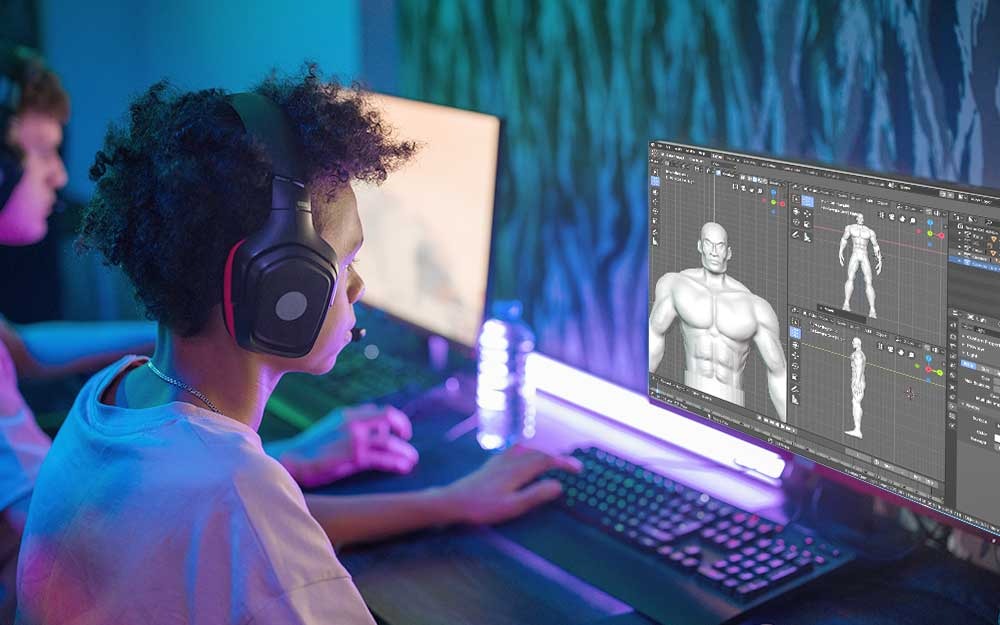3D modeling is the process of creating a three-dimensional representation of a physical object or scene using specialized software. The models can be used for various purposes, such as design, simulation, and visualization in industries like entertainment, architecture, and manufacturing.
Applications of 3D Modeling
- Entertainment & Animation: In movies and video games, 3D models bring characters, landscapes, and objects to life.
- Architecture & Engineering: Architects use 3D modeling for building design, allowing for precise visualization and alterations before construction begins.
- Medical Imaging: 3D models assist in visualizing complex organs and surgeries, improving diagnostics and planning for procedures.
- Product Design: Designers use 3D modeling to prototype and test products digitally, reducing the time and cost of physical prototypes.
Key 3D Modeling Software
- Blender: Open-source and highly flexible, Blender is used for animation, modeling, and rendering.
- AutoCAD: A popular software for architectural and engineering design.
- Tinkercad: A beginner-friendly tool for simple 3D modeling and 3D printing.
Benefits of 3D Modeling
- Realistic Visualization: Allows users to see the final product before it’s built.
- Cost and Time Efficiency: Helps identify flaws early in the design process, saving time and money.
- Customization: Provides greater flexibility in designing complex objects.
The Future of 3D Modeling
As technology advances, 3D modeling will continue to evolve. With the integration of augmented reality (AR), virtual reality (VR), and AI, the possibilities for 3D design are limitless, opening new doors for industries ranging from medicine to entertainment.

Leave a Reply